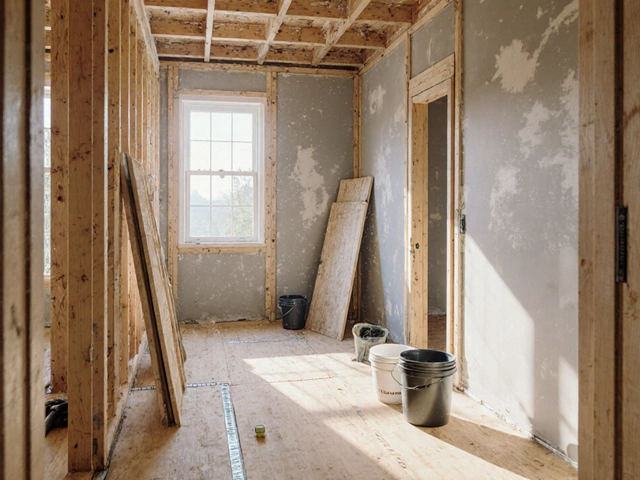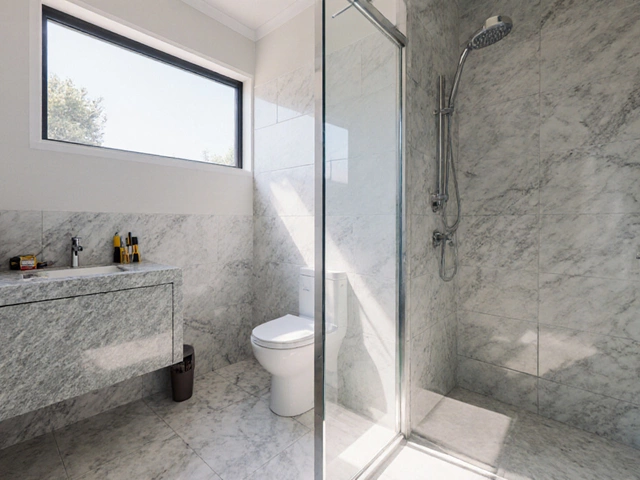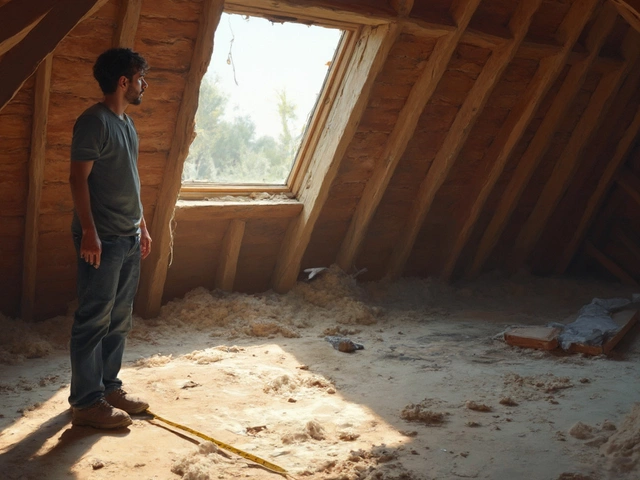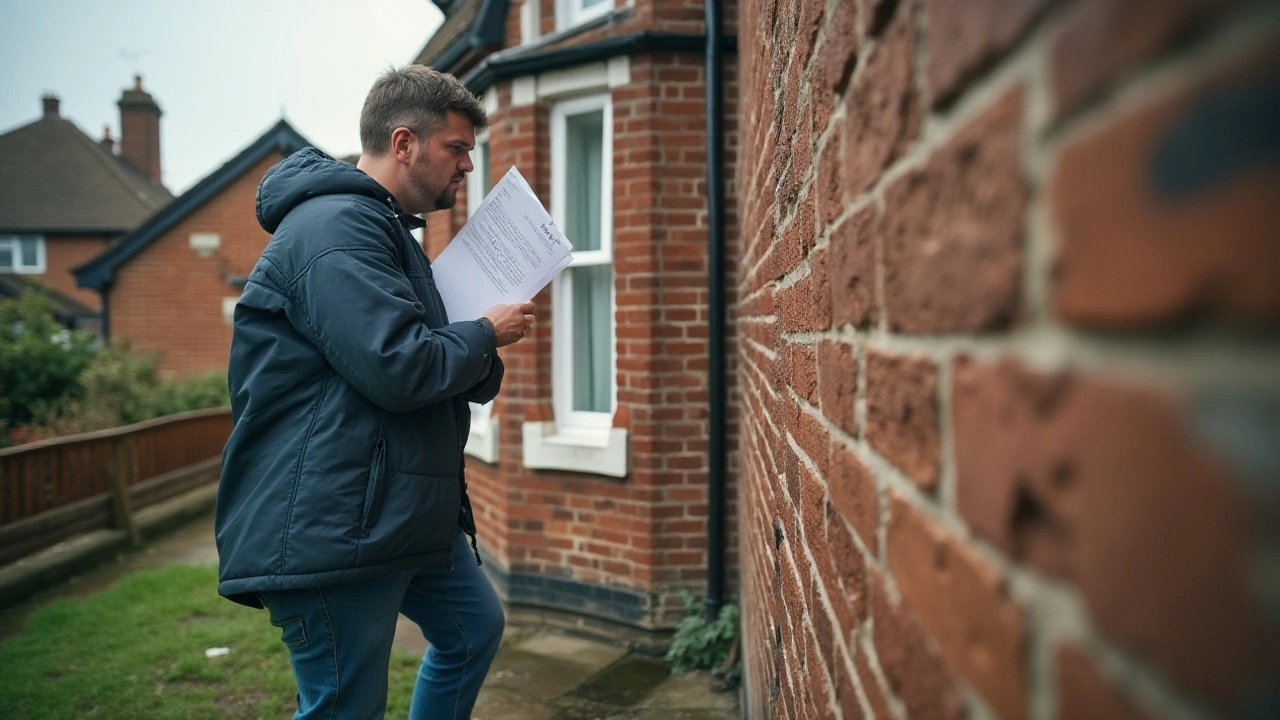
Building insurance can often seem like a safety net, promising to shield homeowners from the unpredictable. Yet, when it comes to the often daunting world of foundation repairs, this net sometimes shows its gaps. Though one might assume structural integrity plays a crucial role in coverage, many policies surprise owners with what they exclude. It's important to delve into the details and uncover what your policy might not stretch to cover.
Hidden beneath the fine print, several exclusions can turn into costly repairs. Understanding these nuances not only prepares you for potential expenses but also empowers you with knowledge to seek better coverage. Whether it's a crack creeping ominously across your basement wall or the unsettling sight of a sinking foundation corner, being informed is your first line of defense.
This article will dissect what building insurance typically omits regarding foundation repairs, explore the special clauses that might be lurking within your policy, and offer practical advice on how to safeguard your home and finances. Let's journey into the less traveled corridors of your insurance policy and unearth what lies in wait.
- Common Exclusions in Building Insurance
- Understanding Foundation-Specific Policy Terms
- Tips for Homeowners on Navigating Insurance
- The Importance of Routine Maintenance
Common Exclusions in Building Insurance
When navigating the landscape of building insurance, homeowners often assume a broad safety net, shielding them from a multitude of risks. However, not all risks are covered equally, and when it comes to foundation repair, certain exclusions frequently catch homeowners by surprise. Understanding these exclusions not only helps in managing expectations but also prepares you for potential expenses. One of the most common exclusions is damages resulting from natural soil movement. The slow dance of soil due to seasonal changes or severe drought does not necessarily warrant coverage. This is a common oversight as many presume that structural shifts and settlement issues born from nature's whims would be considered. Sadly, this isn't always the case.
Another frequent exclusion lies in damages arising from poor maintenance or neglect. Insurance providers often emphasize the importance of regular upkeep, which means any hint of neglect could void a claim. For instance, a minor crack ignored for months that grows into a more sinister problem may not be covered. It's critical for homeowners to document and address minor damages promptly. Maintenance logs can sometimes become a homeowner's best ally in disputes with insurance companies. Moreover, damages linked to faulty construction or contractor errors also find themselves in the wilderness of exclusions. It’s vital for buyers to ensure new constructions or extensions meet all structural guidelines. Engaging with reputable contractors and demanding warranties can cushion you against this risky exclusion.
Incidents like floods or earthquakes also typically fall within the exclusion spectrum. Although these natural disasters wreak havoc, most standard building insurance policies consider them beyond their coverage range. Separate policies or riders are often required to shelter your property from these tumultuous events. It’s crucial to evaluate your geographical risks and tweak your insurance coverage accordingly. A careful review of one’s location and its natural threats could be the difference between financial safety and despair. As homeowner John Smith remarked when discussing his insurance experience,
"It's frustrating to realize that what you believed was protection has so many holes. Reading the fine print isn't just advice, it's a requirement."
Lastly, business-related damages also frequently miss the insurance umbrella when dealing with residential properties used for business purposes. Property used partially or fully as a workplace might face limitations regarding coverage. Creating a clear separation between business and personal property might be necessary to prevent those claim disputes. Knowledge is your guardrail here, paving the way for a smooth relationship with your insurer. Each policy could offer different provisions and caveats, making the need for thorough consultation and negotiation invaluable. It's often a lack of knowledge that leaves homeowners vulnerable. Taking the leap to understand these insurance coverage gaps might be the most beneficial move you make as a homeowner.

Understanding Foundation-Specific Policy Terms
When delving into the complexities of building insurance, it’s crucial to pay close attention to the specifics regarding foundation repair. Most policies have nuanced details that homeowners often gloss over, concealed beneath layers of technical jargon and legal language. To navigate these policies wisely, understanding their intricacies is not just beneficial—it's essential. Let's break down the terms that often surround insurance discussions relating to foundations, so you know exactly what you're up against when damages occur.
Firstly, many insurance policies explicitly exclude damage resulting from certain causes. For example, settling—an occurrence where a home naturally sinks due to the compression of soil—is often listed as a specifically excluded peril. Even though it is a common issue that can compromise the foundation, insurers typically regard it as part of a building’s natural aging process. This adds a layer of complexity, leaving homeowners responsible for addressing potentially costly repairs.
A notable exception can be the coverage of damage due to sudden and accidental events, such as earthquakes or plumbing leaks. These incidents might be covered under specific earthquake insurance or water damage endorsements. However, the catch is in the specifics: did a plumbing leak cause the foundation to crack, or did it result from poor maintenance? Policies can be quite strict about the origin of the issue, making proper maintenance documentation vital.
As we delve deeper, it’s important to recognize terms like 'third-party liability' and 'loss assessment coverage.' The former could protect you from damages your sinking land might inadvertently cause to a neighbor’s property—think of a shared fence collapsing due to uneven settlement. Meanwhile, loss assessment coverage might aid in repairing common areas in condominium complexes affected by structural issues.
Moreover, for those considering additional endorsements, opting for an Ordinance or Law Coverage might be worthy to consider. This coverage could provide financial aid to meet current building codes during repairs. As building regulations frequently evolve, what's adequate today might be outdated tomorrow.
"Understanding the coverage specifics of foundation-related terms is akin to reading the fine notes in a musical composition," says renowned insurance expert Gabriel Turner. "Every detail plays a role in the symphony of your home’s safety."
In making sense of what's available, homeowners are encouraged to communicate openly with their agents. Asking pertinent questions about what natural events are covered—or better yet, what are not—becomes a proactive measure in safeguarding against unforeseen costs. Armed with this knowledge, the policyholders can boldly ensure their homes are both protected and their pockets not unduly strained.
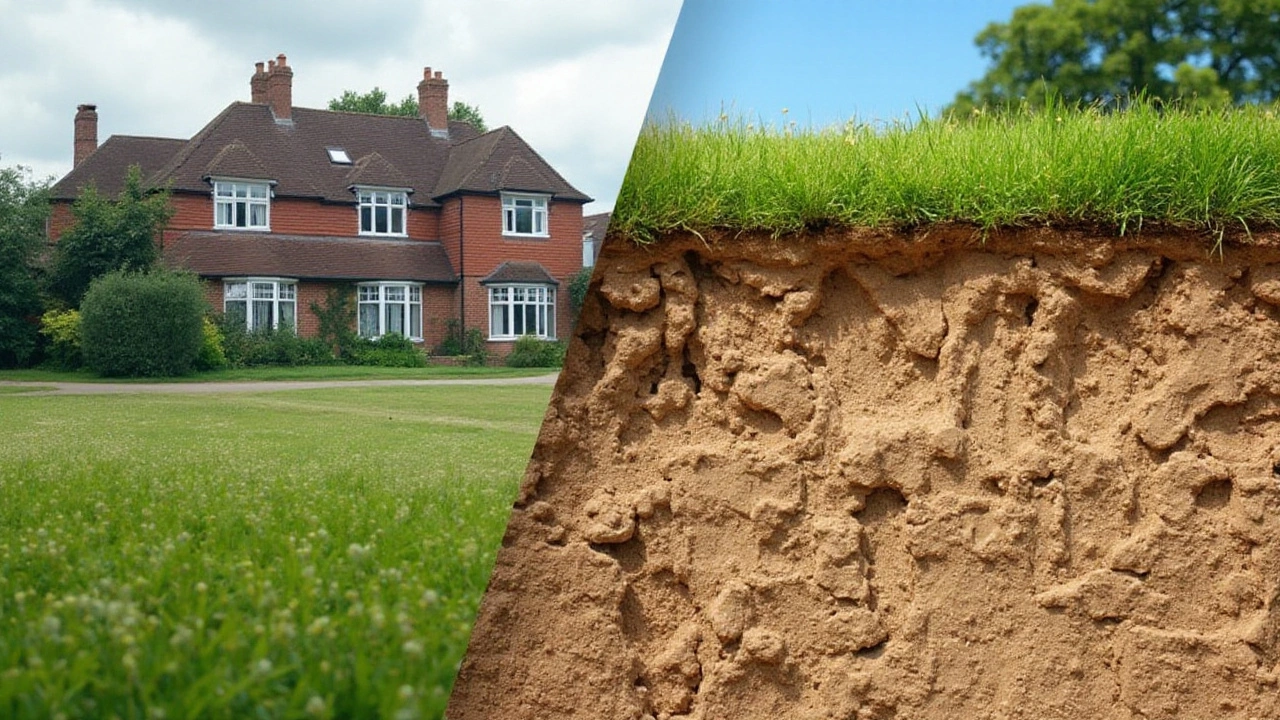
Tips for Homeowners on Navigating Insurance
Understanding the ins and outs of building insurance when it comes to foundation repair can be daunting, but it's a crucial aspect of protecting your investment. One foundational tip is to start with the fine print of your current policy. By thoroughly dissecting the document, you can better grasp what is explicitly covered and what remains vague or omitted. This understanding can prevent surprise expenses when the structural integrity of your home is at stake. Look for exclusions related to natural wear and tear, soil erosion, or poor maintenance, as these are often outside the scope of typical policies.
Engaging with your insurance provider is another critical step. A friendly but detailed conversation with the company representative can shed light on coverage questions you might have. Be proactive and ask specifically about scenarios related to your home's foundation. Is there coverage for gradual damage by natural settling, or only sudden and accidental events? Knowing the limits of your policy helps you plan financially for inevitable repairs. If they don't provide clear answers, consider reaching out to a professional consultant who can translate insurance jargon into plain English for you.
"Many homeowners assume that all structural issues, including those that affect the foundation, are automatically covered by their building insurance. This is a dangerous assumption that can lead to significant financial distress." – Insurance Industry Expert
Shopping for more comprehensive insurance coverage is also a wise consideration for those who live in areas prone to foundation issues. It might come at a slightly higher premium, but the peace of mind knowing you're protected against a wider array of damages is priceless. Ask about endorsements that add additional coverage specifically targeting foundation concerns. Often these additions provide coverage for events like water damage from below-ground level or specific natural disasters.
Do not underestimate the power of documentation. Keeping detailed records of any repairs or inspections related to your foundation can support your claim significantly. Photos, reports, and invoices can serve as evidence if discrepancies arise during a potential claims process. This is particularly useful when damage is gradual, which might otherwise appear as neglect rather than covered damage.
Last but not least, consider joining online forums or local homeowner groups. These communities offer real-world insights and experiences that can highlight aspects of insurance coverage you may not have considered. Real people sharing their triumphs and woes can guide you toward making informed decisions about your policy and its limitations. Additionally, some of these groups might recommend insurance agents known for crafting policies closely aligned with homeowner needs.

The Importance of Routine Maintenance
Routine maintenance is the unsung hero of homeownership, much like the gears that keep a clock ticking. While it might not seem as glamorous as other aspects of owning a home, its role in preventing major issues, particularly with your foundation, cannot be overstated. The foundation is quite literally the bedrock of your home, and its health affects the entirety of the structure. Prioritizing regular checks and upkeep can ward off minor issues before they spiral into costly repairs that often escape the safety net provided by your building insurance.
Tackling routine maintenance involves a keen eye for detail and a proactive mindset. Start by scheduling regular inspections, either bi-annually or annually, depending on your property's location and the typical weather it endures. Climate plays a significant role; for instance, homes in areas with heavy rainfall or expansive clay soils may suffer more frequent shifts, which can wreak havoc on the foundation. Checking for cracks in walls, uneven floors, or doors and windows that jam or stick can be tell-tale signs of foundational troubles. Addressing such signs early on can prevent further damage that insurance might not cover.
Moisture control is another critical aspect of routine upkeep. Poor drainage systems or inadequate grading around your property can lead to water pooling and, in turn, foundation weakening. Ensuring your gutters are clean, directing water away from your home, and maintaining a slope to keep water from settling near your foundation are essential tasks. An interesting fact is that many homes with smart water control measures reportedly see less need for foundation repairs. Insurance coverage rarely encompasses damage resulting from neglect or poor maintenance, making this a crucial step in safeguarding your home and pocket.
“An ounce of prevention is worth a pound of cure.” – Benjamin Franklin
Conducting routine maintenance isn't just about saving money; it's about preserving the integrity and longevity of your home. A consistent maintenance schedule can significantly extend the life of your foundation, thus increasing the structural longevity and possibly the resale value of your home. By actively maintaining your property, you stay ahead of potential settlement issues, soil shifts, or unforeseen incidents that could lead to insurance claims being outrightly denied due to the lack of maintenance.
For many, the idea of maintenance includes daunting visions of complex tasks or costly services. Yet, it can be as straightforward as regularly cleaning your gutters, checking the grading of your yard, ensuring no trees are growing too close to your foundation, or simply walking your property's perimeter to spot any anomalies. Each of these small efforts contributes to a larger picture of your home's health and can prevent more substantial expenses or headaches related to the often unpredictable world of foundation repair.

